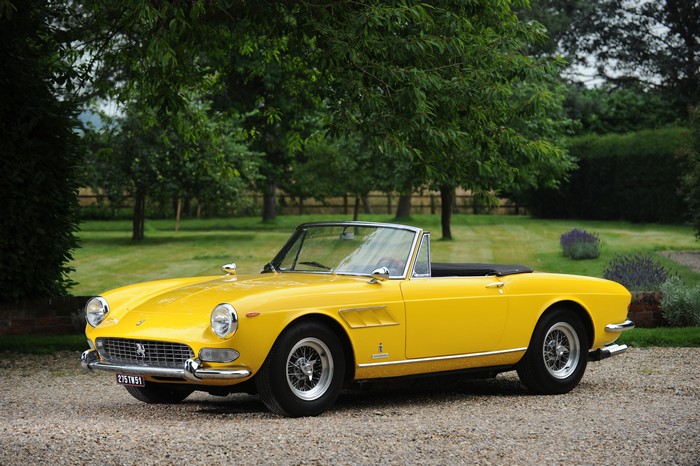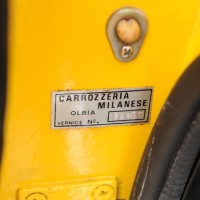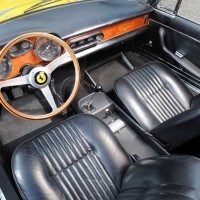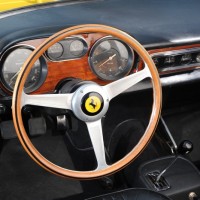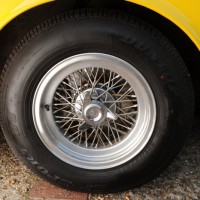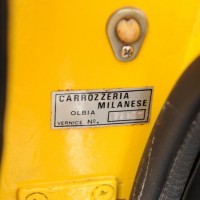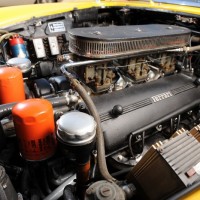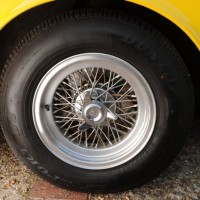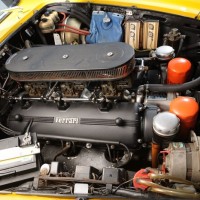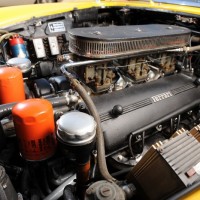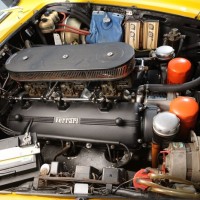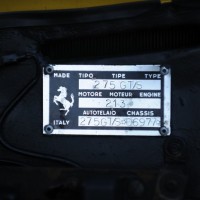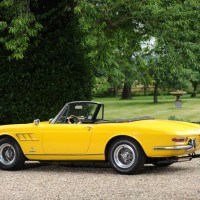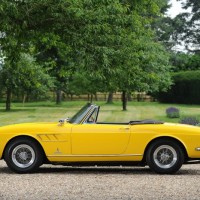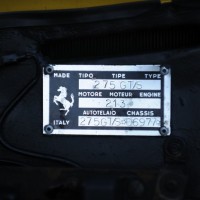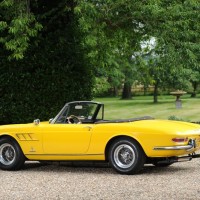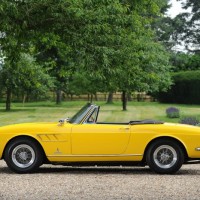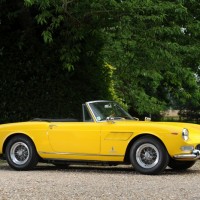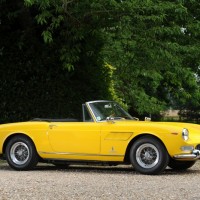SCM Analysis
Detailing
This car, Lot 133, sold for $648,709, including buyer’s premium, at Bonhams’ Collector’s Motor Cars Auction at Goodwood, U.K., on September 15, 2012.
Exotics tend to be known by their models rather than year model. Ferrari doesn’t even put year models on their brochures. While human nature generally favors the newest car in a series, different year model cars of the same model type usually sell for similar prices.
There are exceptions for updates, such as the Lamborghini Miura becoming an S, or new equipment, such as power steering on a Maserati Ghibli, but even then it’s the update rather than the year model that is important. This phenomenon often makes a car ageless — and it makes putting a model in its historical perspective necessary to really appreciate its virtues.
My first acquaintance with a 275 GTS was in the very early 1980s. High-styled, mid-engine models ruled the Ferrari market at the time, and I was mesmerized with the genre. I was underwhelmed with the 275’s aesthetics. The car was pleasing to look at, but it was devoid of any hint of a “wow” factor.
Driving the car was another matter altogether. The 275 was tight and responsive, the transaxle worked flawlessly, the sound was incredible, and the engine responded immediately to the slightest movement of the throttle. The car felt much faster than its 6.3-second 0–60 mph times, and while I didn’t test the 145 mph top speed, 100 mph came effortlessly. The car was an absolute pleasure to drive.
At the time, I was new to Ferraris and had yet to develop a historical perspective. To me, the 275 GTS was everything an Alfa Spider should be — but seemed insignificant as a Ferrari model. I was way wrong, but it’s taken decades for me to learn the truth.
From one era to another
Historically, the 275 GTS is one of fewer than 1,000 Classic Era, open-top Ferraris. There are more Shelby Cobras than all the open-top Ferraris built up to 1983.
The 275 series followed the 250 series and preceded the 330 series. In particular, the 275 GTS follows the Pininfarina Cabriolet and the 250 California Spyder. The 275 didn’t just update those models — it was a game changer.
Immediately preceding the 275 series, most Ferraris had a solid rear axle with lever shocks, drum brakes and 4-speed transmissions. Even the Series II Pininfarina Cabriolet still had a solid axle with lever shocks, but it was offered with an overdrive transmission and disc brakes. Drum brakes were still available if requested.
The 275 GTS upped the bar with standard 5-speed transaxle, telescopic shock absorbers, 4-wheel independent suspensions, 4-wheel disc brakes and modern styling. It was more sporting than the Cabriolet and more luxurious than the California Spyder. Historically, the 275 GTS is important as the transition car between vintage Ferrari technology and modern Ferrari technology.
Better to drive than collect
A 275 GTS is not going to be a collection centerpiece. They just don’t have the panache to take attention away from most other collector cars. They also don’t have the trophy quality of landing a similar — but much rarer — 330 or 365 GTS.
They may have good performance, but they won’t make a great track car, either. What they do offer is an incredibly fun drive. The 275 GTS is the car that you leave in the garage with the top down and grab whenever you want to have fun. It’s the car that you drive right past your house so you can listen to the engine a little longer.
Need to pick up some milk? Grab the 275 GTS. Going to play golf, you can leave it at the club. People will admire your car, but nobody’s going to bother it.
Condition drives prices
The spread on 275 pricing is quite wide. As they were mostly built to similar specifications, the price range cannot be attributed to model variations.
Condition takes the commanding role in 275 pricing. As they are exceptional drivers, there are a few pigs with lipstick lurking in the shadows — well-worn cars with shiny paint. On the other hand, they are valuable enough that some have been treated to serious restorations.
Our subject car appears to be just the right 275 to buy if you can afford to put over $500k into a casual driver. It looks to have been well kept up, but it is not letter-perfect. The owner can be quite proud of it but won’t have to worry about getting the first chip.
The sales price is not a lot of money for our subject car. The SCM Platinum Database shows that a recent sale topped $875,000, and there have been several sales in the $700k range. The factors holding back buyers on this day may have been the color change — and that it was apparently offered without tools or books.
There is a tremendous following for open Ferraris, with many of them selling for millions of dollars.
The 275 GTS will never be a superstar, but it will always be highly sought after. Providing there are no mechanical gremlins, the buyer got a great deal. There are few cars to choose from, so time will be kind to him. Changing the funky mirrors and tracking down a set of books and tools will advance his position. The seller didn’t do badly, but I think he’ll miss his old friend. ?
(Introductory description courtesy of Bonhams.)
